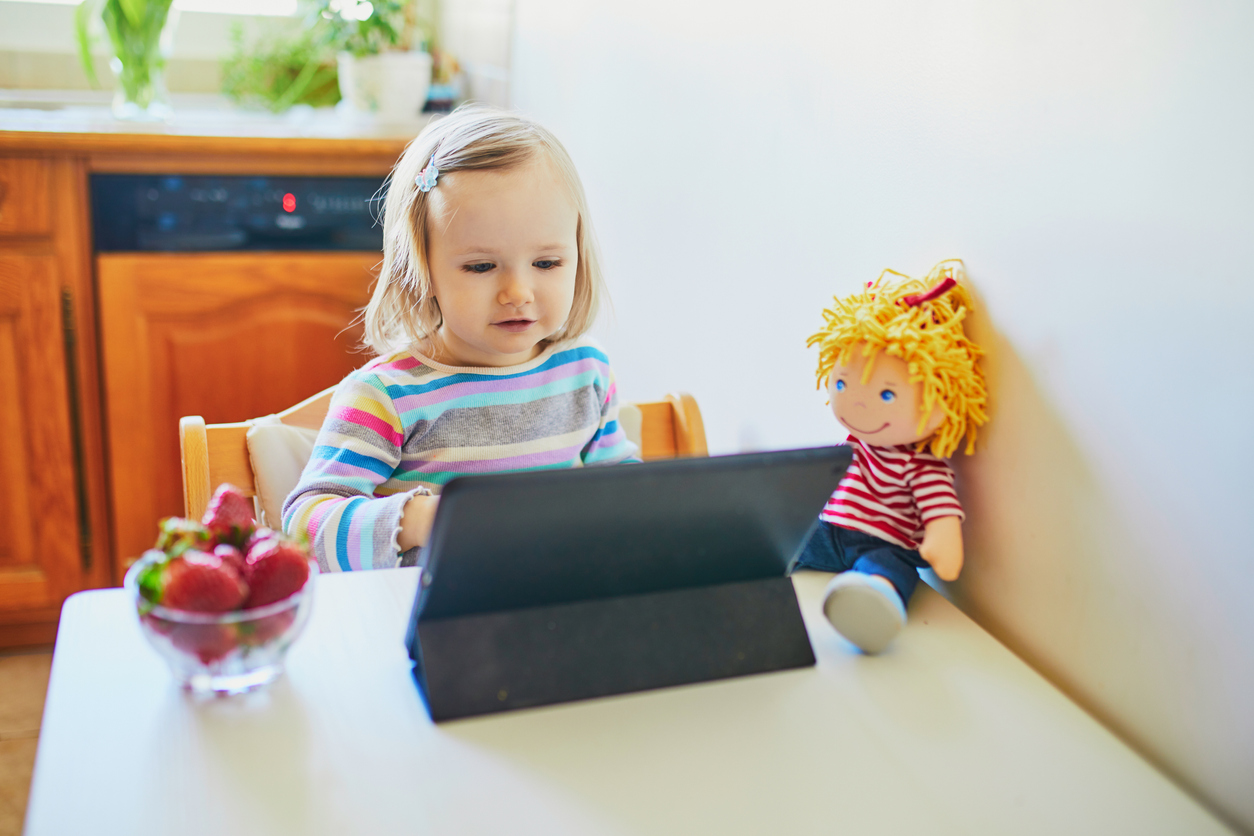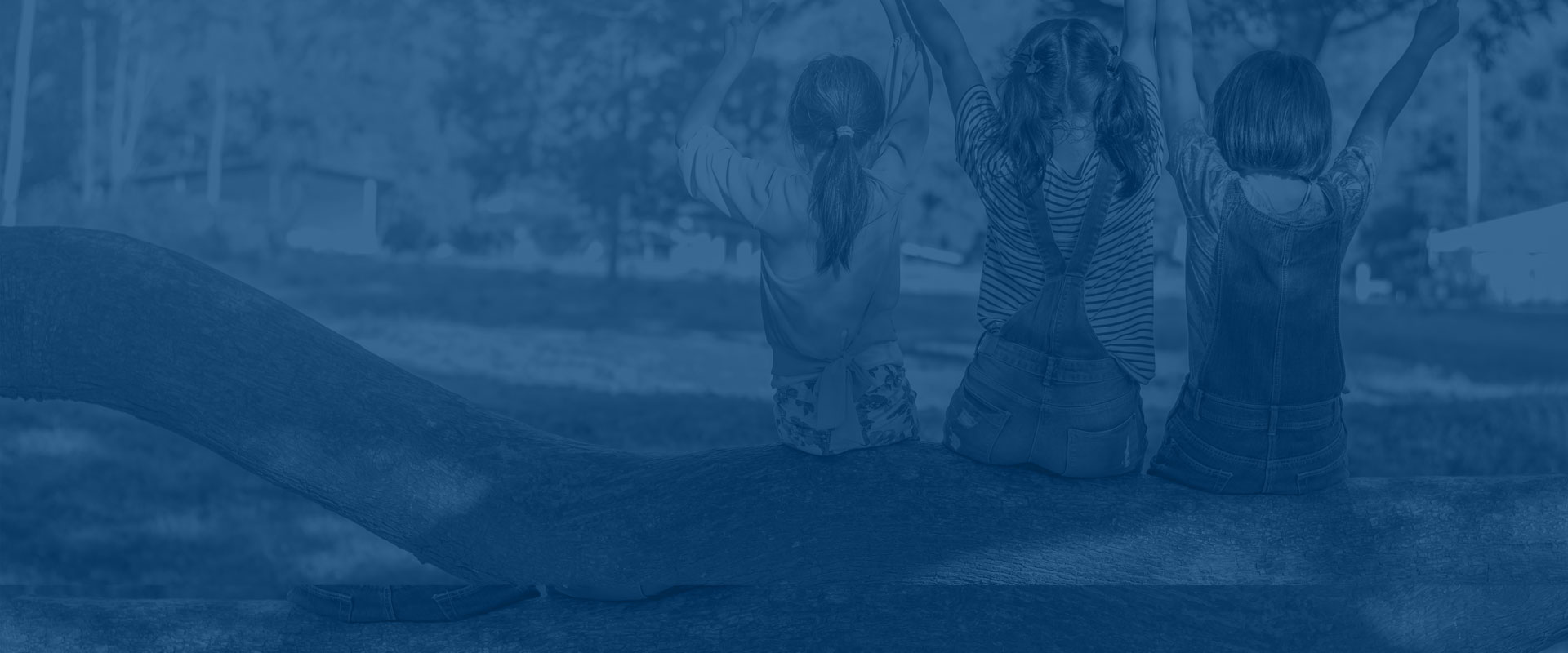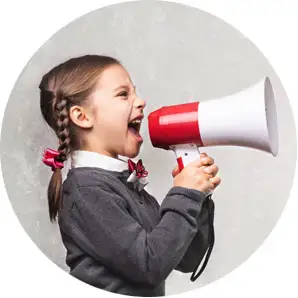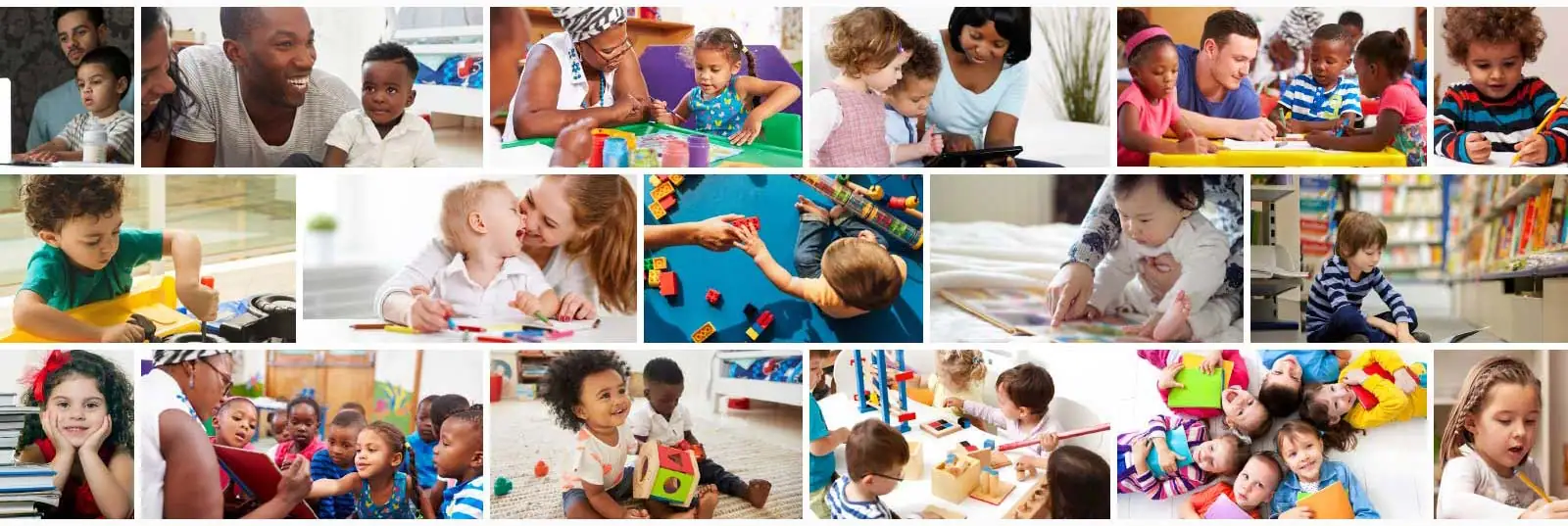
Teachers across the state have been transitioning to remote learning models as a result of school closures caused by COVID-19. To support students and families during this period, school districts across the state ramped up “distance learning” by expanding web-based education, mobilizing technology resources for needy students and creating a new relationship between teachers and students.
Amid a historic time, we are also beginning to glimpse a future that will include more remote learning and technology applications that will transform education as we have always known it.
Putnam County School System (PCSS) has been implementing personalized learning through its VITAL Program since 2010, a digital initiative focused on elementary, middle and more recently high school students. When the pandemic forced school closure, PCSS leaned on its VITAL program to extend remote learning opportunities to every student in the district. Though the digital model is a challenging adjustment in many ways, the experience is proving successful and cutting uncharted pathways to future learning.
We spoke with PCSS’ Jill Ramsey, who serves as the Curriculum & Instruction Supervisor for Pre-K through fourth grade, to discuss PCSS’ Remote Learning Plan and how it’s helping students, teachers and parents adapt to this new learning environment, while maintaining academic progress.
“I will never approach things the same way again because I have learned so much about the possibilities of using technology to communicate,” she said. “The opportunities for principals and teachers will never be the same. We are learning and growing so much as teachers, not just about academics, but about how to reach out and work with families.”
Read our Question & Answer session with Jill.
Question: COVID-19 has had a huge impact on Tennessee’s schools. Describe how Putnam County Schools transitioned from classroom to in-home learning.
Answer: Our VITAL Program has been very active in providing students and their families with guidance on preparations for home learning and teachers with a PreK-12 spreadsheet that has vetted sources of instructional programs and curricula.
During the first week of school closures, the school district provided mobile devices and internet access via hotspots to students in need, making the transition easier for those families. The VITAL program also pushed out our Remote Learning Website that was shared on all social media and sent via email to students and parents.
As the weeks progressed teachers began to deliver instruction for learning exercises based on material that had been previously taught in the classroom. Now that the time has been extended, teachers are preparing to teach new skills and introduce new standards.
Question: How do you keep learning going when you’re separated from your students and they’re in a remote environment?
Answer: Teachers are continuously in contact with students and their families. Communication takes place via Zoom video conference calls, through Google classroom, and by email and phone. The expectation is that teachers directly communicate with their students at least once per week outside of their Google classroom instructional time. Teachers also have daily “office hours” in ZOOM for students to join if they need extra help with assignments, or just want to have a conversation with their teacher and classmates.
Question: What’s your message to parents and caregivers to help limit the COVID ‘cool down,’ (like the summer slide) especially as summer is just around the corner?
Answer: We are encouraging parents to do what they can and give themselves some grace, which we all need right now! We don’t want parents to be overwhelmed, but we do want them to work with us to make this experience as positive as it can be. We are showing parents and caregivers methods to engage with their children in meaningful ways that result in learning.
Question: What are some of the biggest challenges and missing pieces that have made this transition difficult? What can we do in the future to mitigate these?
Answer: Our English Language Learners (ELLs) are facing a big challenge in adapting to at-home learning as many of them are not getting any exposure to English when they are at home, except through their online work. The schools who have a high population of ELLs are doing an amazing job at mitigating any language-barrier issues. We have also experienced a small number of students that live in a rural area that may not be able to get a wireless connection. Teachers have worked with these students to meet their needs and get them some type of learning opportunities that makes sense for their particular situation.
I’m sure that we will learn so much from this time and that education may never look the same again. We are all adapting to virtual life and there are some positives we can come away with if we choose to learn from this experience. Teachers from the traditional classroom will grow so much from the use of digital tools in their classroom, but also understand how and when to use digital modes of delivery to meet the needs of their students. Personalizing the learning based on the student’s needs and interest is where technology will fit in, but still needs to be guided by the teacher in the classroom and based on great student/teacher relationships.
Question: What are we learning in these experiences that we can use to improve education, not just in a time of crisis, but in a traditional school setting?
Answer: We can learn a lot about providing virtual instruction to students on any occasion where schools must close. Moving forward, we might utilize virtual learning during bad weather days and sick days. Parent communications could be done virtually, as we will be able to meet with parents through a variety of means, without them physically coming to school. I have always thought that any bad experience can be used for good. I believe this can be one of those events in history that we can turn into a positive – and it may be one that changes the face of education. Putnam County has spent the last three years with the goal of personalizing learning for each and every student. The recent COVID19 Pandemic has made us realize we are on the right track and the extensive time we have spent integrating personalized learning into our classrooms has been time well spent.
You might also be interested in: Why Does Early Childhood Education Matter





